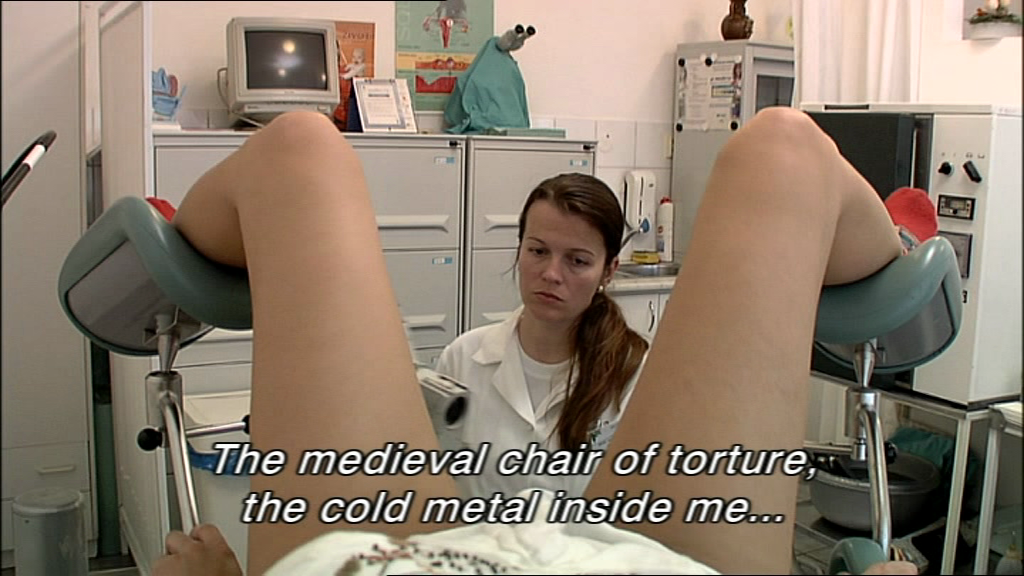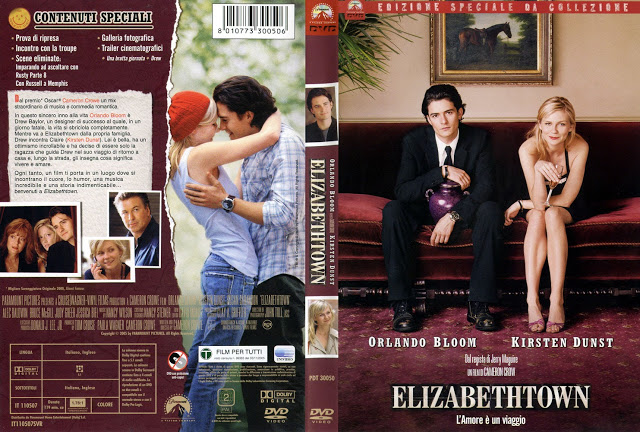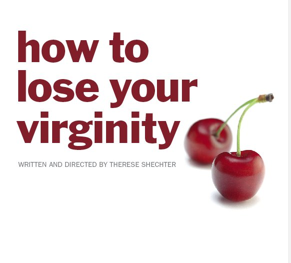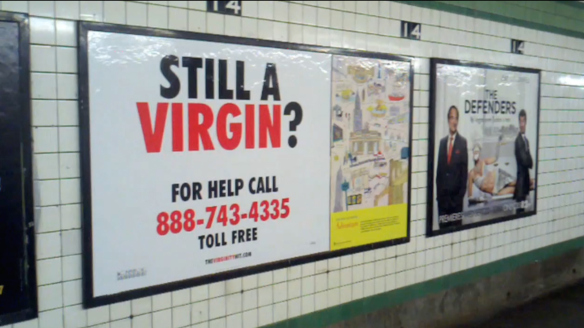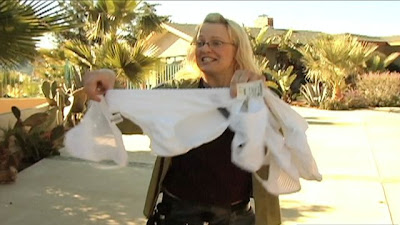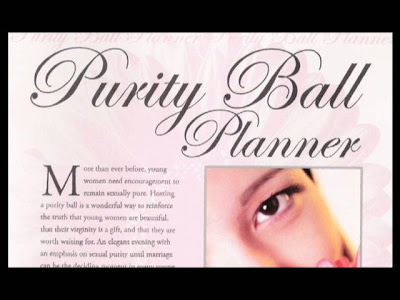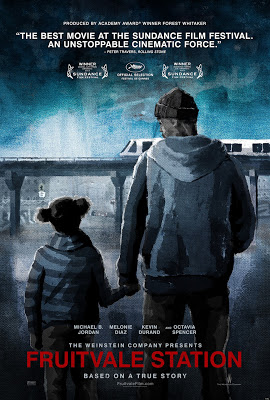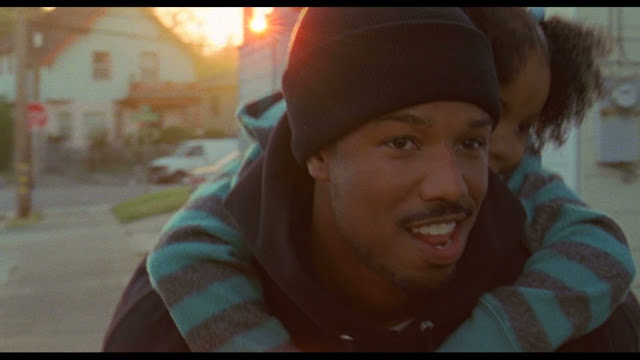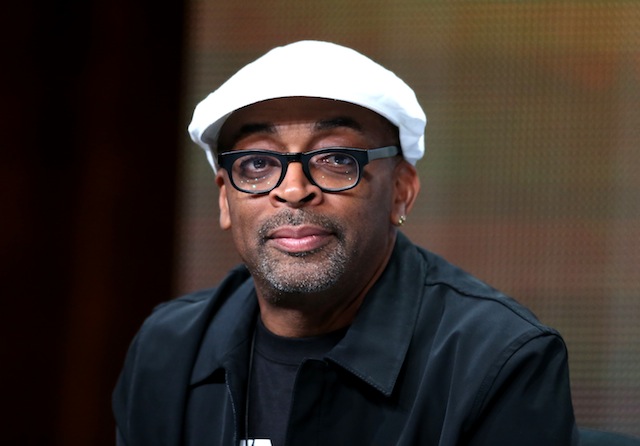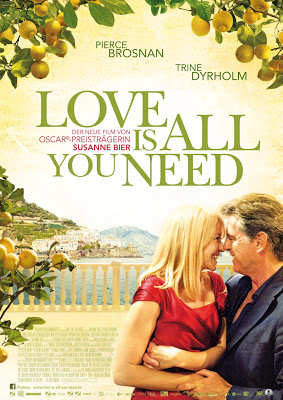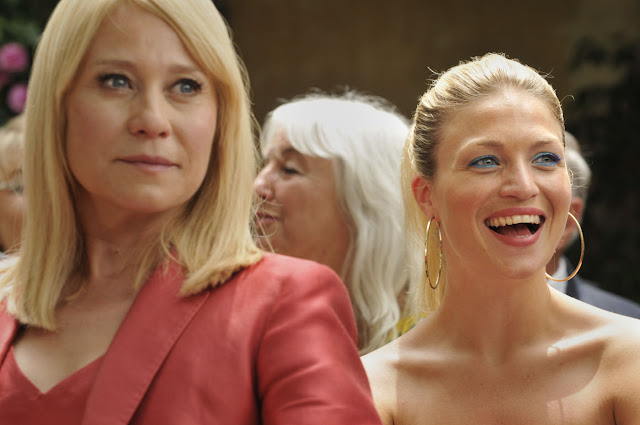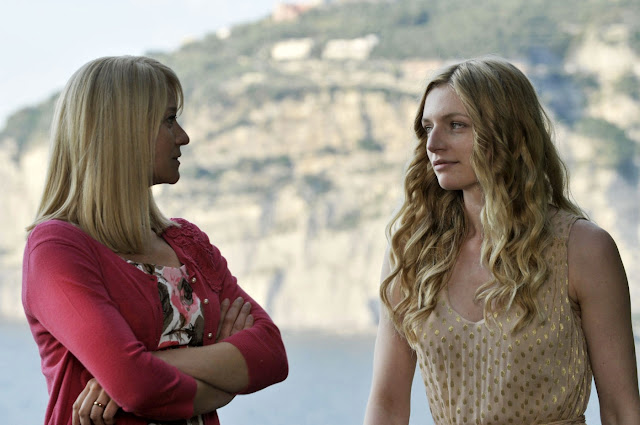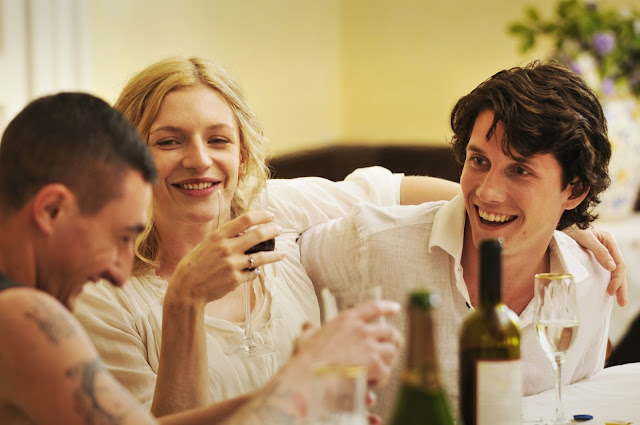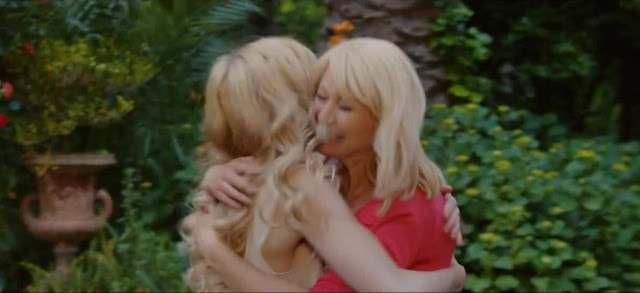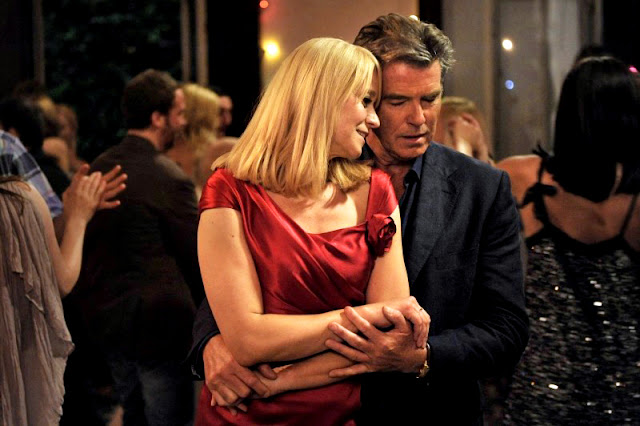Written by Jenny Lapekas.
WARNING: THIS POST CONTAINS SPOILERS!
Like many fans of this film, I initially watched Ink (2009) on Netflix and immediately conducted some research to learn more about the making of this independent picture. It’s also a narrative that lingers with you after you’ve finished watching it, so I’ve spent a great deal of time thinking about the film’s acting and score, as well as the pivotal moments that merge with a complex plot that unfolds somewhere between reality and fantasy. After maybe a half a dozen viewings, this story never fails to evoke tears for me.
This independent film by Jamin Winans is structured around the story of a father and daughter, alongside breathtaking visuals, ethereal yet warrior-like beings, and an amazing, ambient soundtrack. Comparable to the existential terror of Donnie Darko and the romantic beauty of Eternal Sunshine, Ink is a masterpiece in terms of storytelling, artistic integrity, and the craft of merging humor with the spiritual and the potential darkness lurking in the subconscious. Winans’ vision will make you question where you go when you close your eyes to sleep and how you find your way back to waking. Ink also instills a sense of philosophical well-being, suggesting that some events in our lives may be pre-determined while we maintain the ability to step in and incite change if we would like.
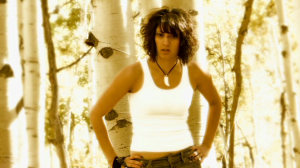
John (Chris Kelly) falls apart and loses his way after his wife dies, leaving him and his young daughter Emma (Quinn Hunchar) behind. However, with the help of otherworldly companions and foes, father and daughter find each other in the dark, traversing through the world of dreams and nightmares, reminding us that we are our own worst enemy. In this reality, those who bestow pleasant dreams watch over us as we sleep and fight the evil incubi who attempt to burden us with nightmares. These two forces battle as we sleep, and John and Emma find themselves in the crossfire in Ink.
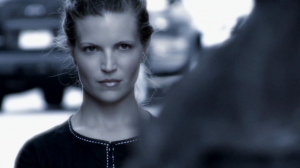
Via flashbacks, we discover that John grew up poor and is now obsessed with fortune and success in his career, so much so that he has become a cold shell of the person he once was. We are also shown glimpses of the love story between John and his late wife. However, rather than cherish the piece of Shelly still in this world–Emma–he abandons his entire life and embarks on a downward spiral of depression and oblivion.
Most central to the plot of Ink is the conflicted father-daughter relationship we see between John and Emma. We are shown the dark implications of suicide when we watch John shoot himself and become the grotesque figure, Ink, whose name reminds us that we are always capable of changing our own story, taking initiative and owning our lives and our choices. Emma also shows immense courage as she loses her father and then helps him to recall his former life.
In an especially critical scene toward the beginning of the film, Emma pleads with her father to play with her, and he is reluctant, claiming that her mother can entertain her when she wakes. Here, we see the prototypical image of the bumbling, single father who feels uncertain about his parenting abilities, but is in fact doing well raising a daughter (see Casper, My Girl, and Dan in Real Life). However, after some resistance, John gives in and leaps into Emma’s make-believe world where he must rescue her from “the monster,” which we later discover is indeed John himself.
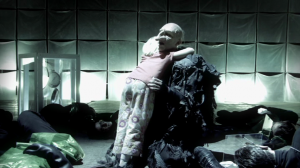
I think it’s important to recognize Allel as a fierce guardian over both father and child, and also a wonderful role model for young viewers. In this dimension, we see multiple fight scenes between Allel and male-gendered incubi. While saving Emma is truly a group effort, it’s always refreshing to spot a woman who isn’t afraid to swing a dangerous weapon–in Allel’s case, a staff she carries on her back. Liev, the beautiful and ethereal woman who is willingly taken prisoner by Ink as he and Emma journey to hand over the girl’s soul, is a prominent feminist character in the film, as well; she encourages Emma by explaining that she is transforming into a lioness in this new world and she had better practice her roar. Unlike Allel, Liev carries no weapons and teaches Emma that her voice is her weapon.
Allel and Liev both act as spirit guides in their quest to protect the innocent life of Emma, who is suffering due to her father’s neglect and drug and alcohol use. Liev is more of a maternal, pacifist figure in the movie while Allel gets pretty down and dirty beating up the forces of evil. Both characters are feminine forces the film can’t do without; Allel is part of Emma as she infuses her unconscious with pleasant dreams while Liev lends the resilient Emma the strength to cope with her kidnapping at the hands of her unrecognizable father.
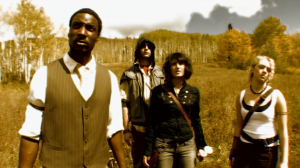
We’re so invested in cycles and rhythms, whether it’s in our own lives or in film or literature–which mirror our lives–it’s provocative to find a scene in Ink that depicts the halting or disruption of flow in favor of necessary disorder so that change can be reached. Jacob, the “Pathfinder,” easily recognizes the chain of events and tells us that “one thing begets the next.” In an intense and memorable scene, Jacob demonstrates how sometimes the steady and predictable rhythms of life must be interrupted to jar us so that we can experience a personal revelation and recall what we value and who we are.
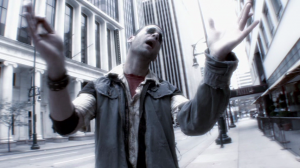
The set of metaphysical beings who travel alongside John and Emma in their quest to be reunited are so likable in their efforts to protect father and child, and we fret that they can be defeated at any moment, and all will be lost. With the combination of bad ass fight scenes, magnificent imagery, and the sense that these guardian spirits are reflections of our own spiritual imaginations and longings, it’s shocking that Ink’s budget was a mere $250,000. This low-budget sci-fi drama certainly exceeds viewer expectations, and the irony of a blind seer with a chip on his shoulder adds a dimension of comedy to an otherwise somber film. Ink’s cinematography is impressive, and the film’s score–also developed by Winans–is exquisite and accompanies the film’s juxtaposition of action and quiet nurturing nicely.
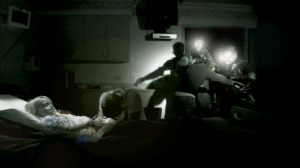
Realizing his error and that he almost abandoned Emma for good, John fights off the evil incubi who merely capture the little girl. Something awe-inspiring happens as we watch this narrative unfold in two opposing dimensions, one in the clinical environment of a hospital and the other in a world where our souls may be lost if we lose our way. The merging point is brilliant; John rescues his daughter when she needs him the most, and the film offers us both dream-like metaphor and concrete reality, which work alongside one another well. John’s decision to seek Emma at the hospital works as Ink’s denouement in a deeply visceral fashion. We also come to discover that when John is jolted out of his own coma or temporary self-exile, in choosing to father Emma, he chooses himself.
Recommended reading: In your dreams, beautiful people kick ass. Ink., Jamin Winans’ ‘Ink’ is one of the most inspiring films I have seen…
___________________________________________
Jenny has a Master of Arts degree in English, and she is a part-time instructor at Alvernia University. Her areas of scholarship include women’s literature, menstrual literacy, and rape-revenge cinema. You can find her on WordPress and Pinterest.

